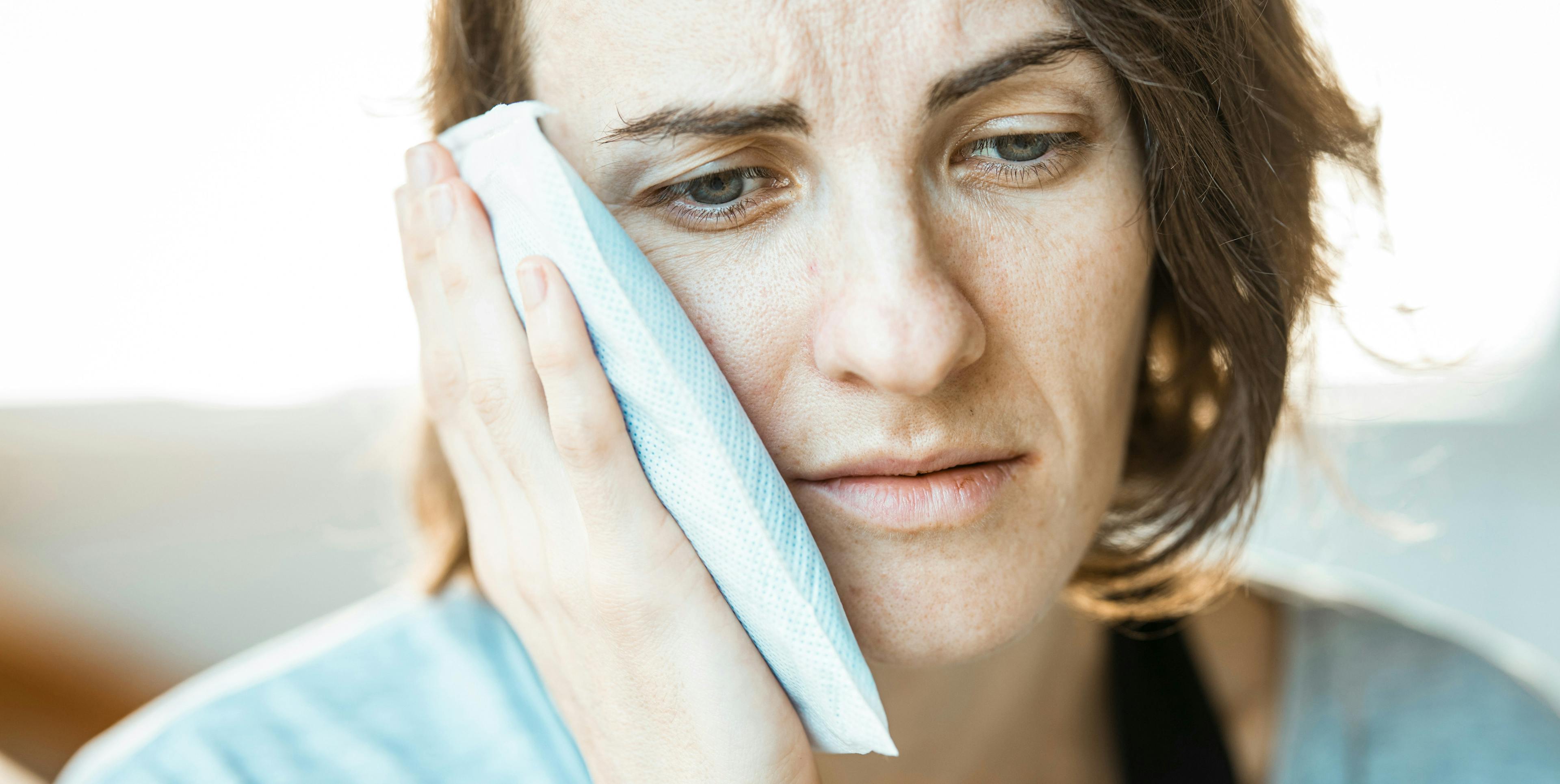According to the National Institute of Health, cases treated with tooth extractions have decreased by 20% in the past 32 years. In saying this, it is still estimated that 1 in 4 people in Australia have had a dental extraction [1].
Tooth extractions are a common dental procedure and it is crucial to follow proper aftercare to ensure a smooth recovery. Whether you've recently had a tooth pulled or are preparing for the procedure down the track, this guide will walk you through the essential steps for effective home treatment post-extraction to establish maximum comfort.
Prior or following your extraction, your dentist or their clinical staff will most likely run you through all the aftercare information following your appointment. It can be difficult to absorb all the information post procedure as you may be feeling overwhelmed or uncomfortable.
I know when I had my first extraction as an adult on a weak and broken molar, not only was I sore and numb, I just wanted to get out of there as soon as possible and didn’t ask any questions or really listen to what the dentist was saying. A root canal was not financially feasible at the time for a part-time barista, full-time student. Sadly I had to say goodbye to the tooth and following the appointment, I didn’t hear a word the dentist was saying. I just wanted to get out as soon as possible to the comfort of my bed whilst clutching the saliva covered gauze in my mouth and stroking my numb, lifeless cheek. All I remembered was him saying “be careful if you do eat because you might bite your cheek as it’s still numb”.
Immediately Following the Extraction
Immediately after the extraction, your dentist will place a gauze pad over the extraction site. Apply gentle pressure by biting down to control the bleeding. Change the gauze as needed, following your dentist's instructions.
Why does the dentist place a gauze following an extraction?
The gauze is placed to help minimize the bleeding. The idea is for a blood clot to form in the socket where your tooth was as the bone grows back in.
The First Hours
Rest is key during the first few hours. Apply an ice pack wrapped in a cloth to the affected area (on your face, not inside your mouth) in 15-minute intervals to reduce swelling and ease discomfort. It is also recommended to not eat for the first 4 hours, especially when you are still numb as you may burn yourself when eating hot foods or accidentally bite your mouth/cheeks without knowing.
Continue with your oral hygiene routine, but be gentle around the extraction site. Use a soft-bristled toothbrush and avoid the extraction area during the first 24 hours.
The Following Day
Rinsing with Saltwater
The day after your extraction, you can rinse your mouth with a warm saltwater solution (1 teaspoon of salt in a glass of warm water) several times a day to promote healing and reduce bacteria. Keeping your mouth clean will keep food particles and bacteria away from the wound.
Pain Management
Take over-the-counter pain relievers as directed by your dentist. We often ask patients to avoid aspirin, especially if you experience bleeding.
Soft Diet
Stick to a soft diet for the first few days, incorporating foods like yogurt, soup, and mashed potatoes. Avoid hot, spicy, and crunchy foods that may irritate the extraction site.
Hydration
Stay hydrated, but avoid using straws during the initial recovery period, as sucking motions can dislodge blood clots and impede healing.
Common Post-Extraction Symptoms
Common post extraction symptoms may include bleeding, swelling and bruising. A small amount of bleeding is normal initially. If bleeding persists, bite down on fresh gauze or a damp tea bag. The pressure will alleviate the bleeding whilst you contact your dentist.
Mild swelling and bruising are common. Apply ice as mentioned earlier against your cheek to reduce swelling, and it should subside within a few days.
What should you avoid following an extraction?
We often ask our patients to avoid smoking, vaping and alcohol for at least 72 hours, as they can hinder the healing process and increase the risk of complications.
We also advise to avoid strenuous activities and exercise for a few days to prevent excessive bleeding and discomfort.
Schedule a follow up
Attend any scheduled follow-up appointments with your dentist to monitor your recovery and address any concerns.
Proper aftercare is instrumental in ensuring a smooth recovery after a tooth extraction. By following these guidelines, you can enhance your healing process and minimize discomfort. If you have any questions or experience unusual symptoms, don't hesitate to contact your dentist promptly. You got this!

Written By
Intan Nobury
An appreciator of art, novels and high intensity sports. With a passion for work and a dangerous addiction to tea.



